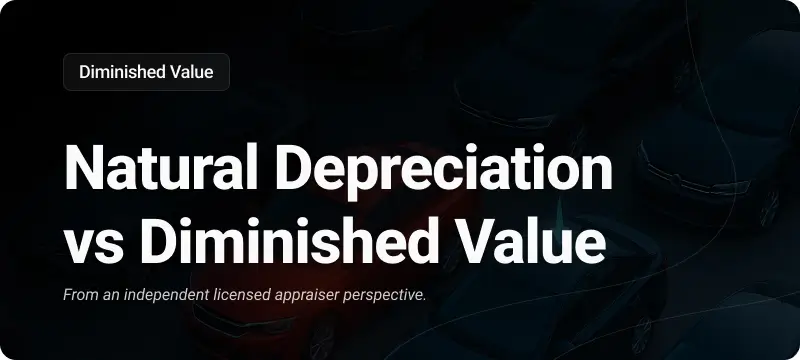In the first quarter of 2024, the finance and insurance (F&I) sector witnessed a noticeable dip in gross profit per vehicle across most major US auto dealership groups. This trend underscores the ongoing challenges within the automotive retail industry, particularly in an environment of persistently high interest rates. Let’s delve into the details and explore the nuances behind these figures.

US Dealer Groups Experience F&I Profit Decline in Q1 2024 (PDF)
F&I Gross Profit Trends Across Major Dealerships
The analysis of Q1 2024 reveals a downward shift in same-store F&I gross profit per vehicle for five of the six top publicly traded auto dealership groups. This decline is largely attributed to the economic pressure of increased interest rates, which continue to influence both new and used vehicle markets, affecting consumer affordability and dealership profitability alike.
Here’s a closer look at the performance of key players in the industry:
| Dealership Group | Q1 2024 Avg. F&I Gross Profit Per Vehicle | Q1 2023 Avg. F&I Gross Profit Per Vehicle | Dollar Change | Percentage Change |
|---|---|---|---|---|
| Asbury Automotive Group | $2,218 | $2,360 | -$142 | -6.02% |
| AutoNation | $2,630 | $2,713 | -$83 | -3.06% |
| Group 1 Automotive | $1,999 | $1,940 | +$59 | +3.04% |
| Lithia Motors | $2,080 | $2,204 | -$124 | -5.63% |
| Penske Automotive Group | $1,756 | $1,790 | -$34 | -1.90% |
| Sonic Automotive Group | $2,350 | $2,370 | -$20 | -0.84% |
Only Group 1 Automotive Inc. reported an increase, with a modest 3 percent rise compared to the previous year. Contrastingly, Asbury Automotive experienced the most significant drop, with a 6 percent decrease in their F&I gross profit per vehicle.
Deeper Insights: Factors Affecting F&I Performance
Interest Rates and Consumer Behavior
High interest rates are a principal factor repeatedly cited by retailers for the decline. With the cost of financing climbing, consumers are increasingly cautious, often opting for either less expensive vehicle models or foregoing additional F&I products like extended warranties and service contracts, which traditionally boost F&I profits.
Strategic Adjustments and Innovations
Despite the downturn, some groups are finding innovative ways to adapt. For instance, Asbury Automotive’s in-house F&I product provider, Total Care Auto, has been expanded across more stores. This strategic shift is aimed at enhancing long-term profitability through internal service offerings, despite a short-term dip in reported F&I revenue.
Group 1 Automotive highlighted an increase in new vehicle finance penetration, thanks to rising automaker incentives, which helped mitigate some of the impacts of high rates. Their digital platform, AcceleRide, is also enhancing customer engagement and transaction efficiency, showcasing how digital transformation can cushion financial fluctuations.
Conclusion: Looking Forward
The first quarter of 2024 has painted a complex picture for F&I profits within the US auto dealership industry. While the prevailing high interest rates pose challenges, dealership groups are exploring new strategies to navigate this tough landscape.
Will these adaptations prove sufficient to counterbalance the external economic pressures? Only time will tell how these strategic pivots will unfold in the upcoming quarters. What are your thoughts on the potential future of F&I profits as we move through 2024?



